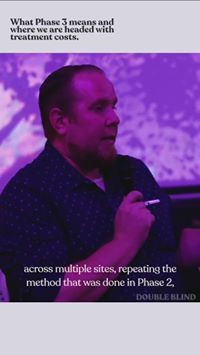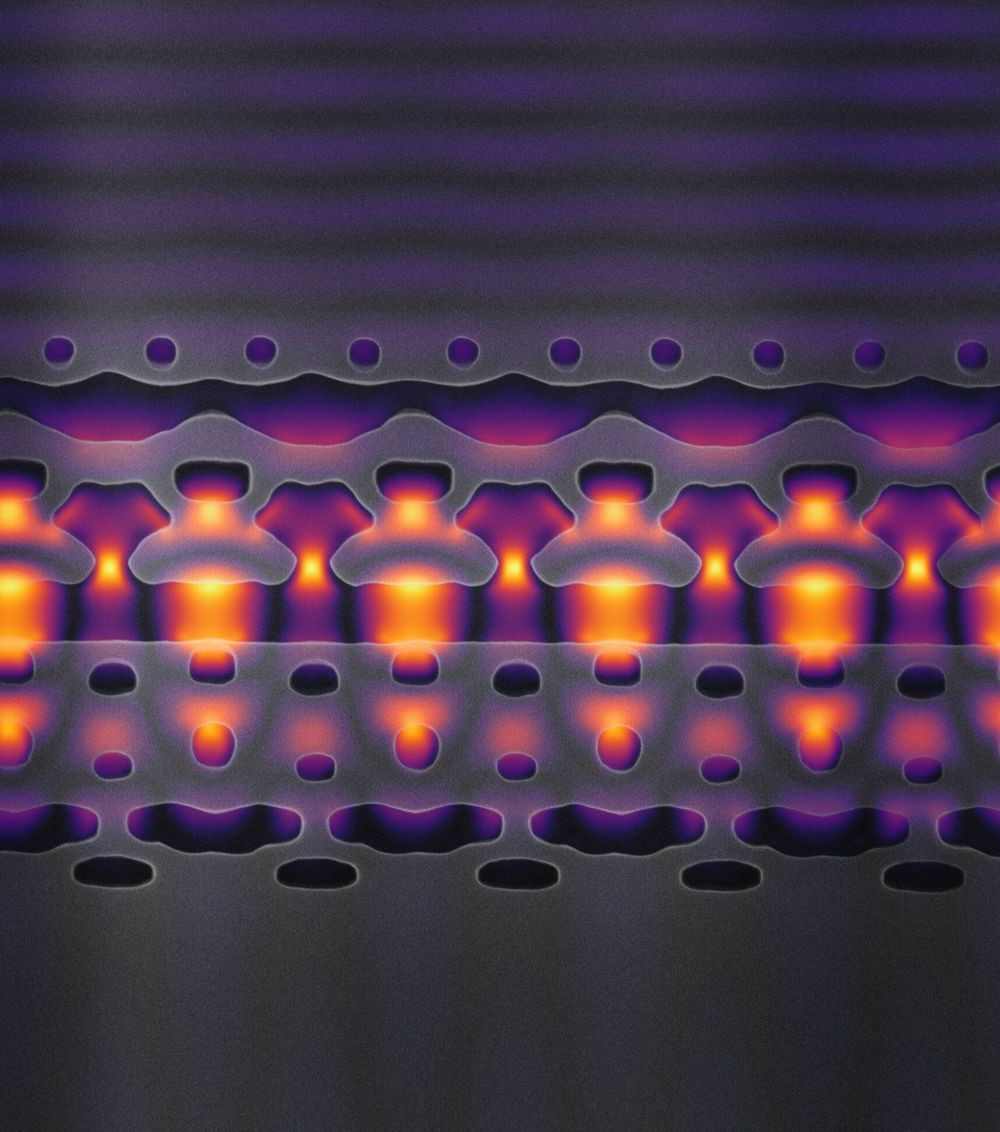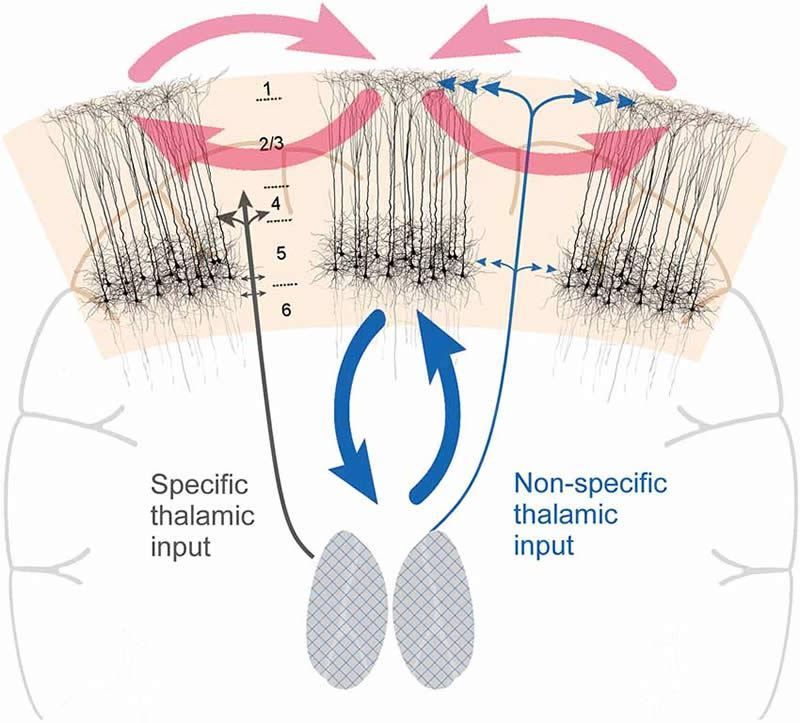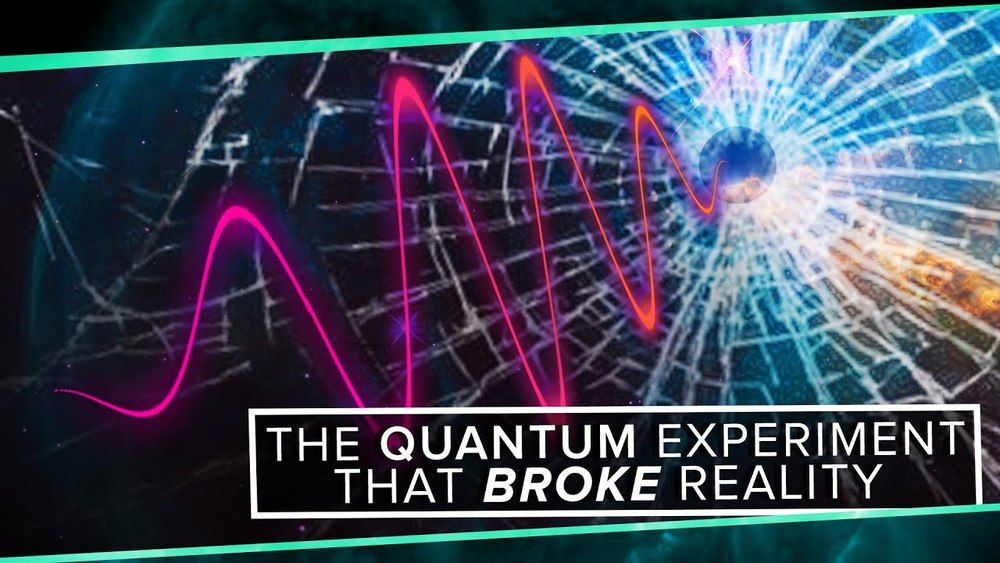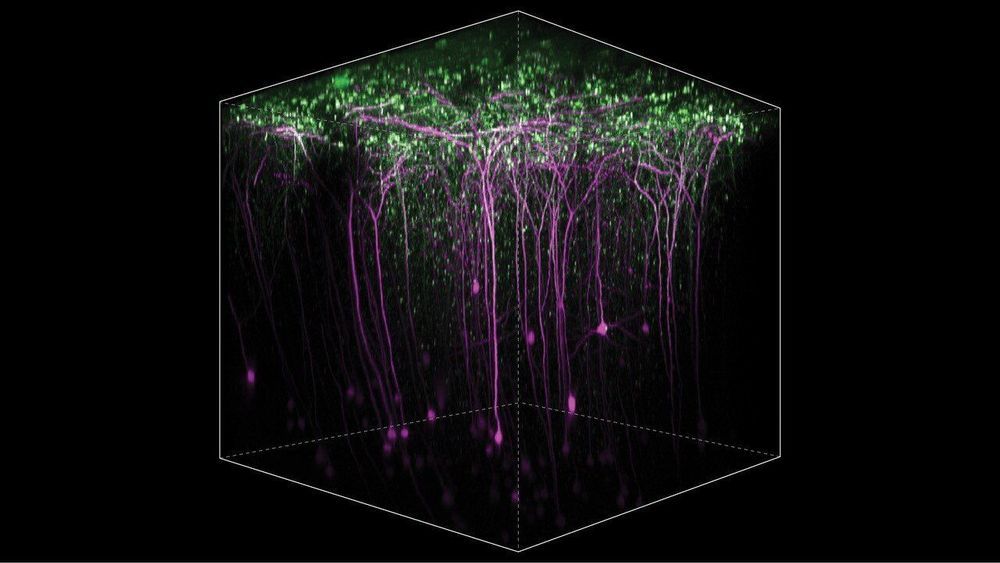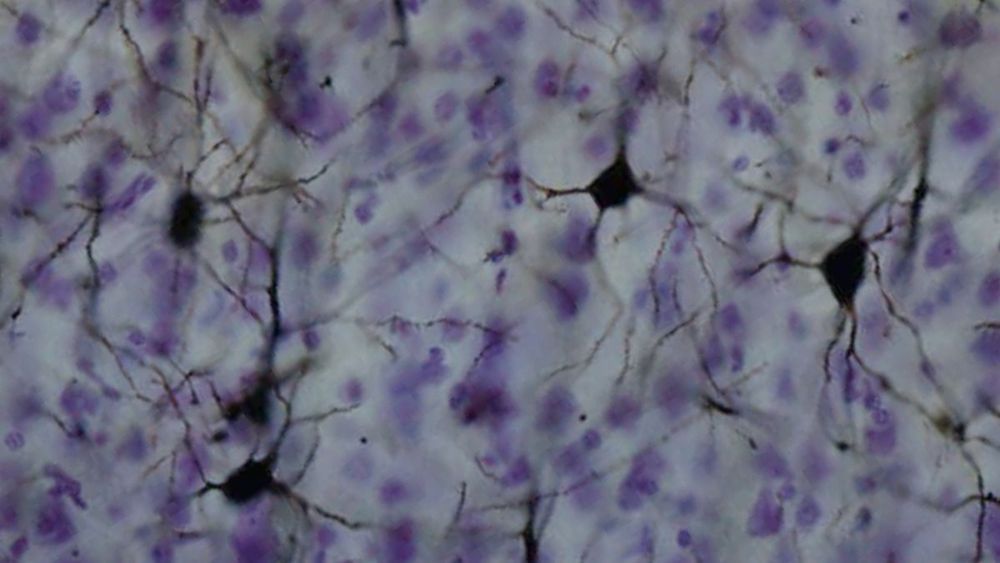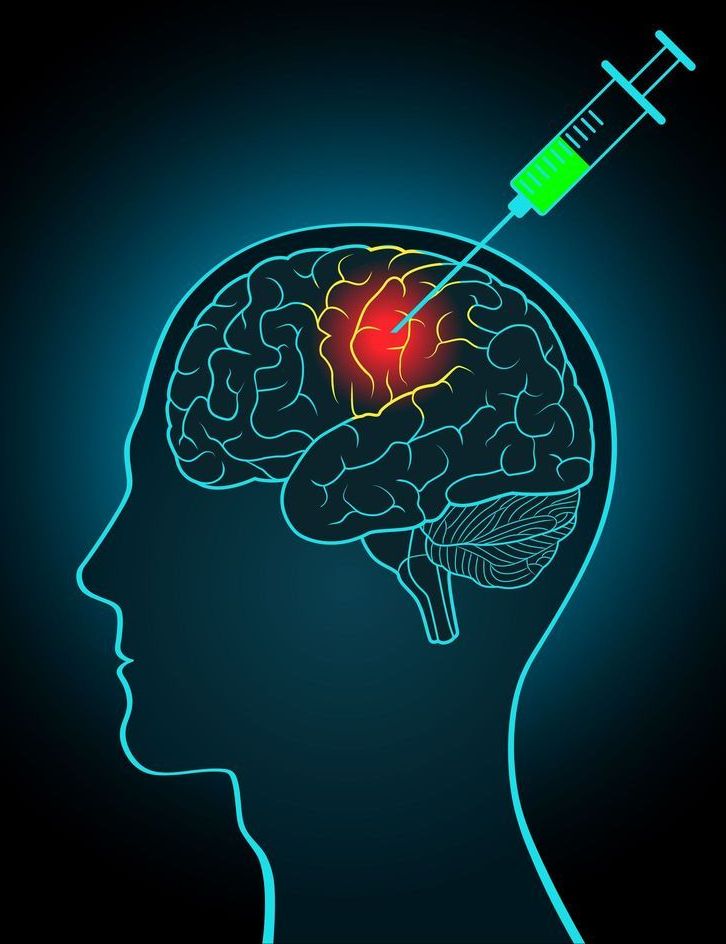Jan 2, 2020
What does it take for a psychedelic drug to get to market?
Posted by Brent Ellman in category: biotech/medical
Any FDA-approved drug must first pass through three phases of development, to show safety and efficacy. At our launch party, Dr. Cole Marta, a principal investigator at the Multidisciplinary Association for Psychedelic Studies (MAPS) Los Angeles MDMA phase 3 study site, explains the process of drug development and what happens after a drug gets to market, including factors such as cost to the patient and insurance coverage. How would *you* like to see psychedelic medicines legally come to market?
